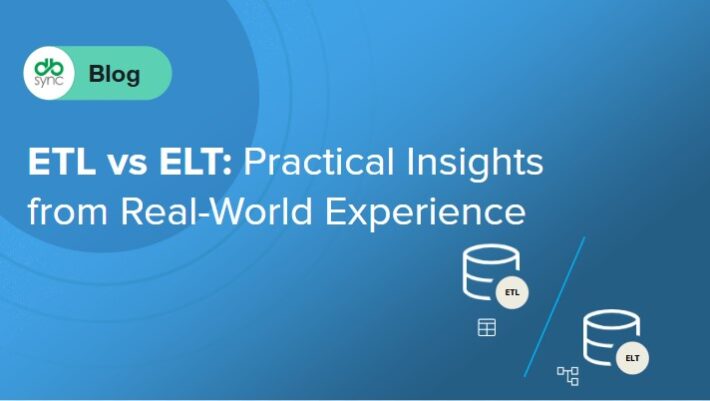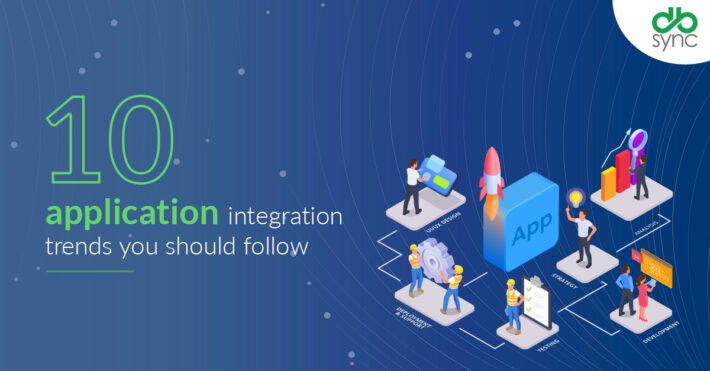Data Integration for HR Performance Review Applications
HR Performance Review, at its core, is to review the performance for the past review period and more importantly, set the goals/expectation for the forthcoming review period. Often the essential and critical second part of the performance review is not performed because people get stuck with the first part and disagree on the results and performance grading. The performance review time is often painful for both employees and managers alike. This leads to willful postponing of the review by both parties and done at the last minute hastily is often poorly documented.
Sounds familiar, this is a common scenario on both corporates and start-up world. There are a lot of tools available for managing the HR Performance Review. Integrating these tools with the core customer relationship/work/task/Account management tools/software and other tools used to carry out the needed tasks to achieve the goals will help to navigate the Performance Reviews smoothly.
Why there are disagreements in Performance Review
- No or not clear goals/objectives set in the first place
- No intermediate performance reviews – The manager and the employee discuss the objectives and results at the end of the review period and there was no chance to alleviate any differences early
- Lack of Candid feedback – We as humans generally lack the skill of objective feedback giving on the goals that have not been met. We often think that such feedback is negative and demotivates the other person. We would like to sugar coat the feedback with other stuff. The problem is we are not helping the other person, actually, we are causing damage to their careers. The other person has spent considerable effort on this task and they deserve to know the feedback. The earlier we provide the feedback, it will be good for them to learn and adapt.
- Another main reason is the lack of data. Most of the time the results for the review period is subjective and not quantitative. This might be because
- The data is not readily available
- No time to collect/prepare the data even when data is available
- No common perspective on the results (The manager says it’s half empty and the employee says it’s half full)
- Remuneration changes always at the back of the mind.
What we can do
- Set SMART goals
- S – Specific, Stretch
- M – Measurable, Meaningful, Motivational:
- A – Achievable, Attainable, Accepted, Agreed upon
- R – Realistic, Relevant, Reasonable, Rewarding, Results-oriented
- T – Time-Based
Most of the problems can be solved by setting SMART goals. Spend a reasonable amount of time in setting the goal and most importantly, get the agreement from the employees. The critical part of SMART is time bound. The lesser or more granular will be more helpful. Having multiple goal setting might be a problem, and most companies now agree that three months is a perfect period for goal setting.
- Always have a parent goal – Every goal should be linked to organizational goals. This is to make sure all the goals are meaningful and in relation to an organization directive.
- Midterm reviews – Have at least one or more mid-term reviews.
- When setting up the goal, both the manager and the employee might have agreed on the goals but there might be some criteria/scenario overlooked and needs tweaking.
- There might be a change in the business direction and hence there might be a change in the objective.
- Make sure the employee is making progress in the right direction
- To see if the employee need any help
- The final review and rating is not a surprise
- Data Centric – The performance review should evolve itself.
- Build your key business management, work/task management tools, and other similar tools with also Performance Review in mind. We should be able to extract data/dashboards/reports from them which should be indicative of the employee performance. Such data helps in
- Avoid misinterpretation
- A common scale to measure all employees
- The employee understands they stand and no arguments
- Documenting results becomes easy and automated
- Build your key business management, work/task management tools, and other similar tools with also Performance Review in mind. We should be able to extract data/dashboards/reports from them which should be indicative of the employee performance. Such data helps in
- Separate the Performance Review into 2 parts
- There will be a remuneration part associated with the review. There will be arguments because the performance review/rating is associated with that. We can separate the review into 2 parts
- The first one on the feedback for the past review part and most importantly the goals/objectives for the forthcoming period
- The second one is on remuneration and can be done separately at a different time.
- There will be a remuneration part associated with the review. There will be arguments because the performance review/rating is associated with that. We can separate the review into 2 parts
How Data Integration can help
We are from DBSync, so data integration to improve business is core to our mission. We are market leaders in integrating the cloud and on-prem applications. Integrating your business and work management applications with the performance review process/tools will help you in a long way in
- Setting clear objectives which the employees could relate to and will breathe in, day in and day out. The goals/objectives should be relevant to the job and responsibility of the employee. The integration helps in setting the goals and even refer or relate to the key business objectives. The goals or in other words in the same terminology which your employees understand.
- Define key metrics as evaluation criteria. Integrating the performance indicators with key business metrics helps everyone understand the progress they are making and how it contributes to the overall business.
- Keeps the team focused – Automatically calculating the Key Performance Indicators/Performance metrics, comparing them with the goals and notifying the team appropriately will keep the team well aware of what has been achieved and how much more has to be done to reach goals. This awareness keeps the team focused on achieving the goals
- For example, DBSync can integrate your HRIS system and your ticketing system (JIRA for example). If you have on time resolution or SLA Adherence defined as a Key Performance Indicator, DBSync can help fetch the current performance level against the goals and it will be very helpful for the team to know how they are doing against their business goals and also for their supervisor to know any deviations very early and mentor/manage the team back to the right ways.
- No result documentation – Since the key metrics are integrated, there is very less effort in documenting the results.
- Continuous Evaluation – The results are open and viewable to everyone involved. It is available all the time and helps in making the necessary adjustments.
- All are on the same page – No explanations or discussions needed to understand the results. The results are interpreted in the same way by everyone
We would like to help
Set SMART goals and enable your HR performance review to get the business results from your business applications. This will help in the smooth and purposeful performance review process and achieve its goal of aligning everyone to the organization objectives. We at DBSync help organizations integrate the cloud and on-prem applications. We can certainly help in integrating your business applications with your performance review process/tools.

